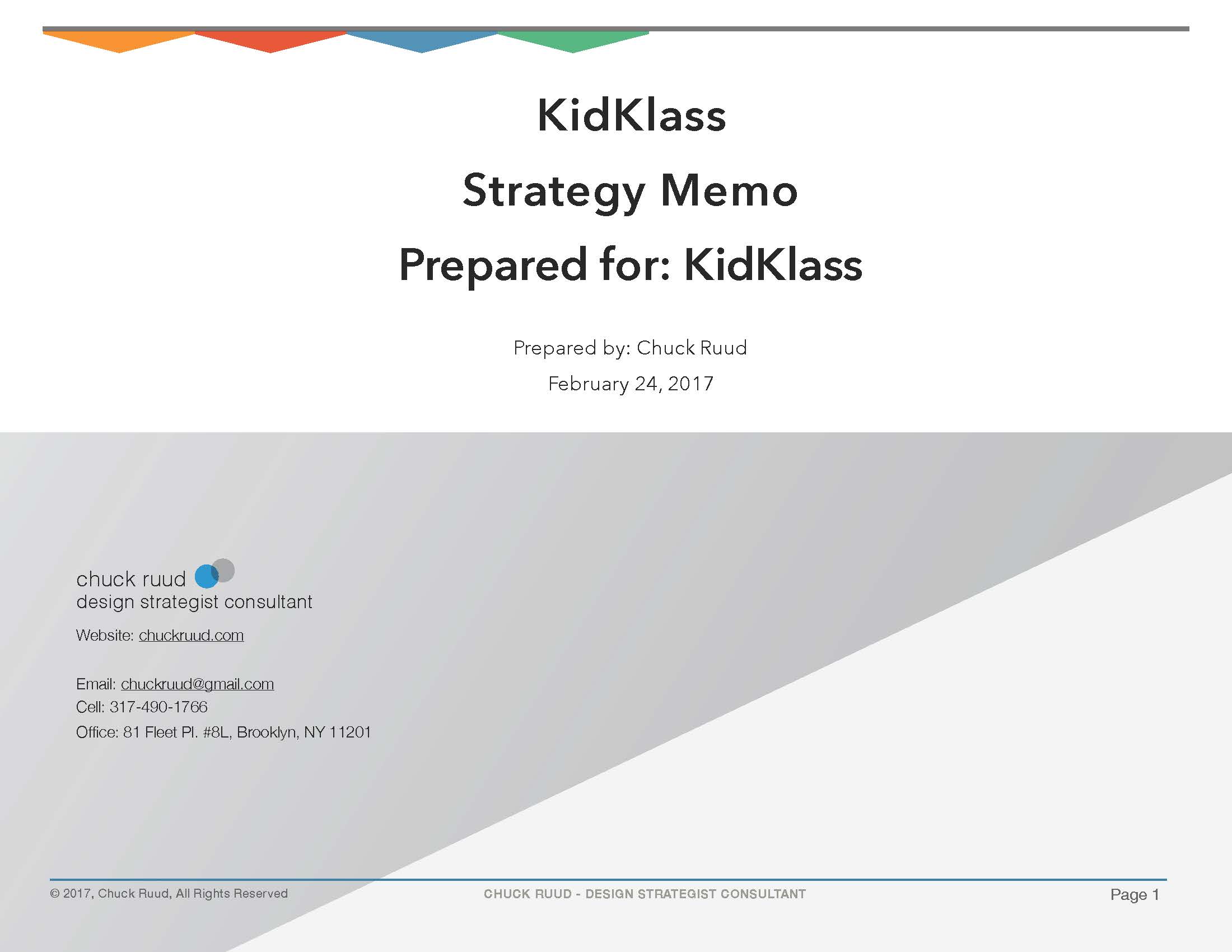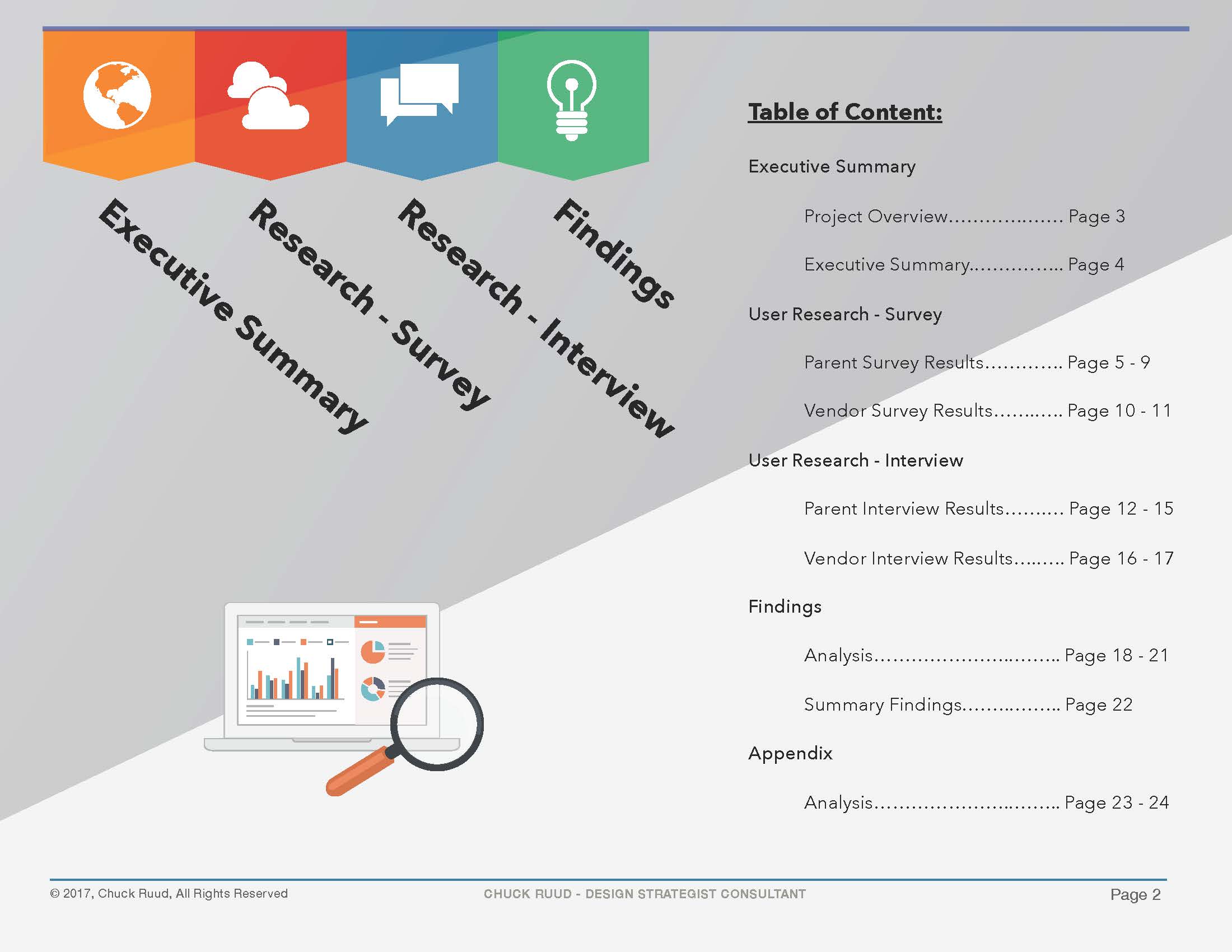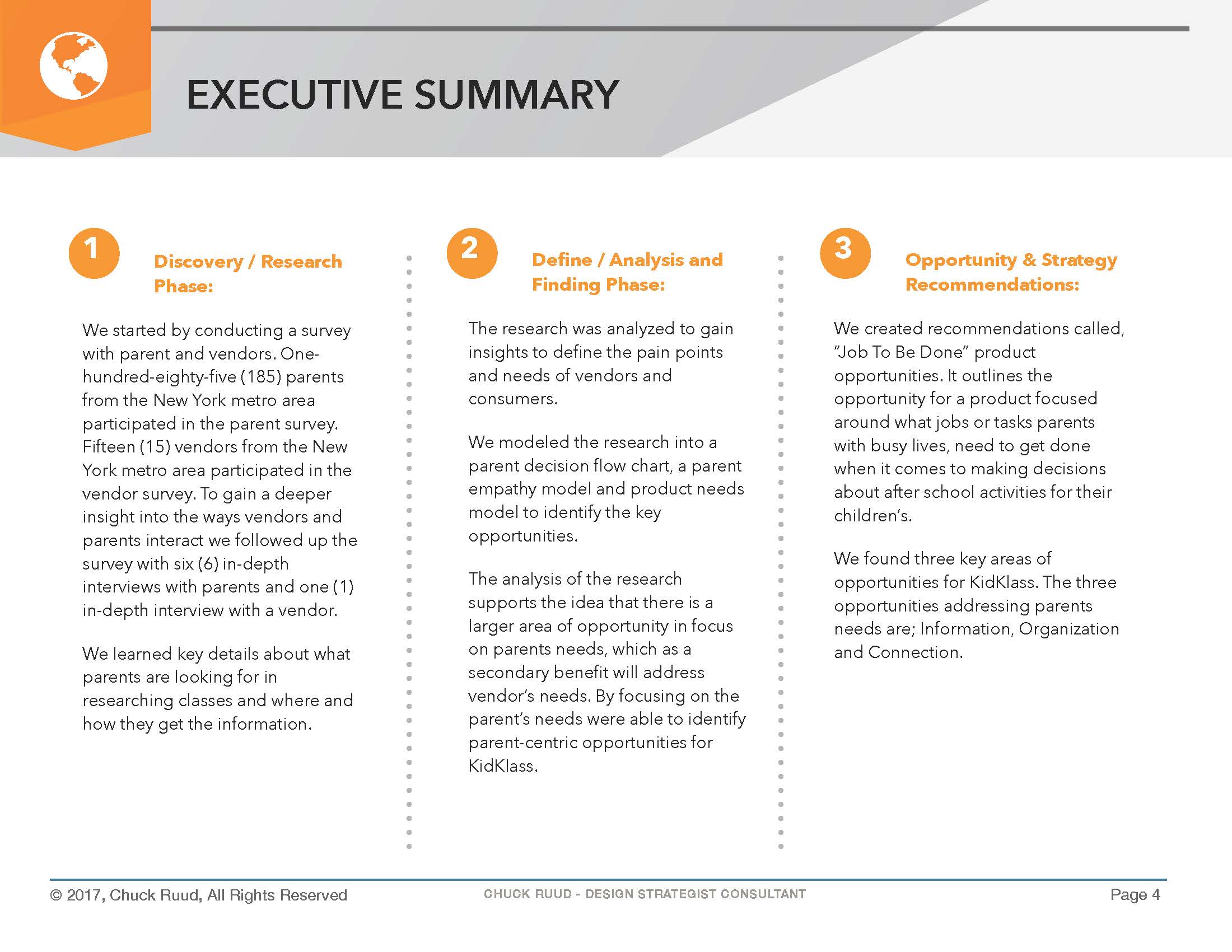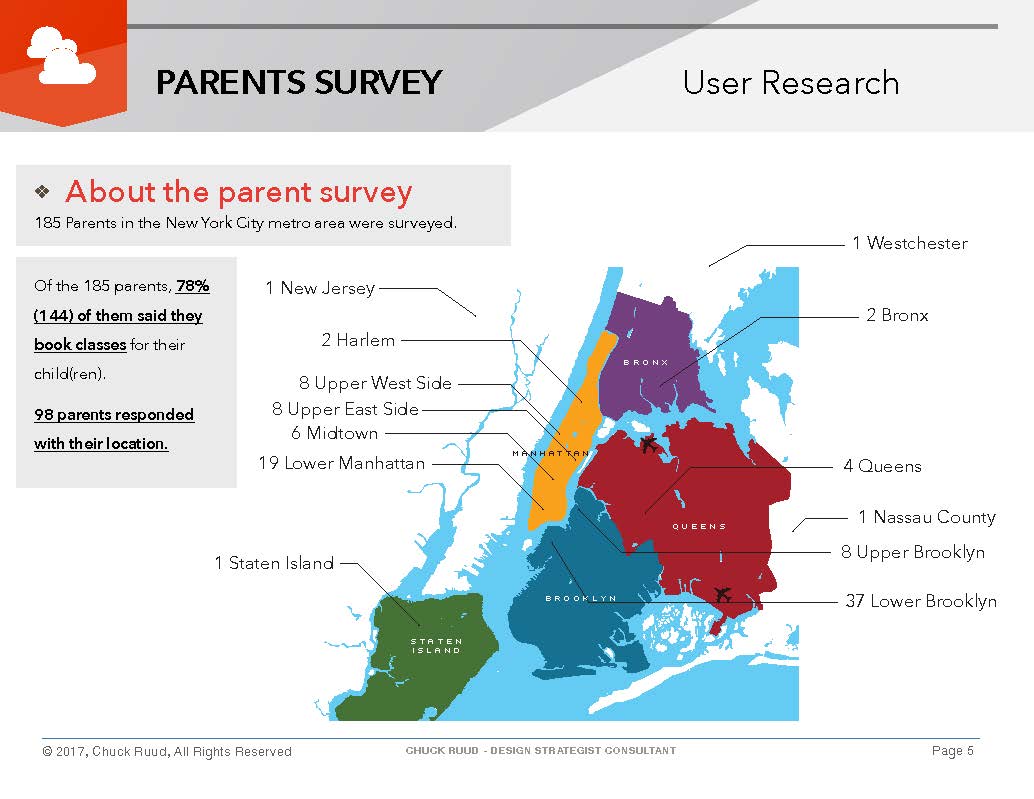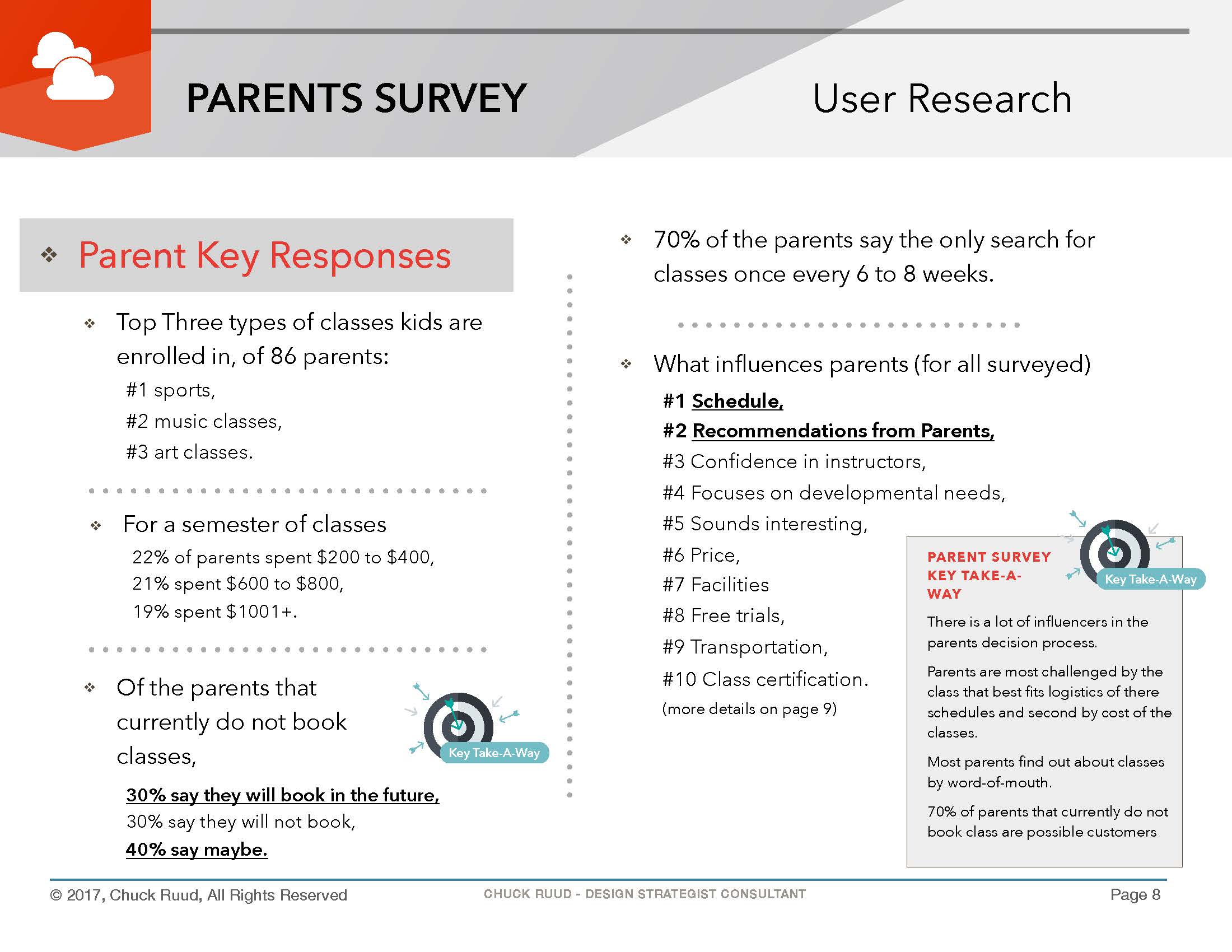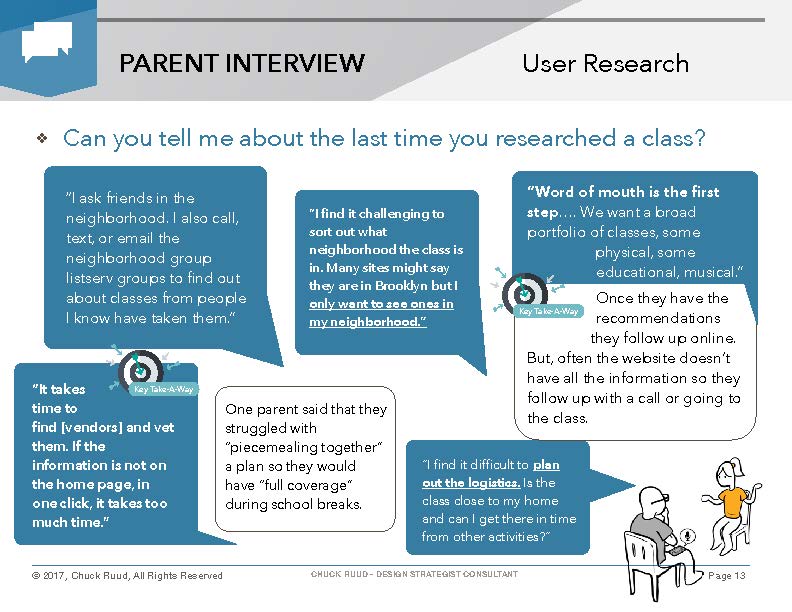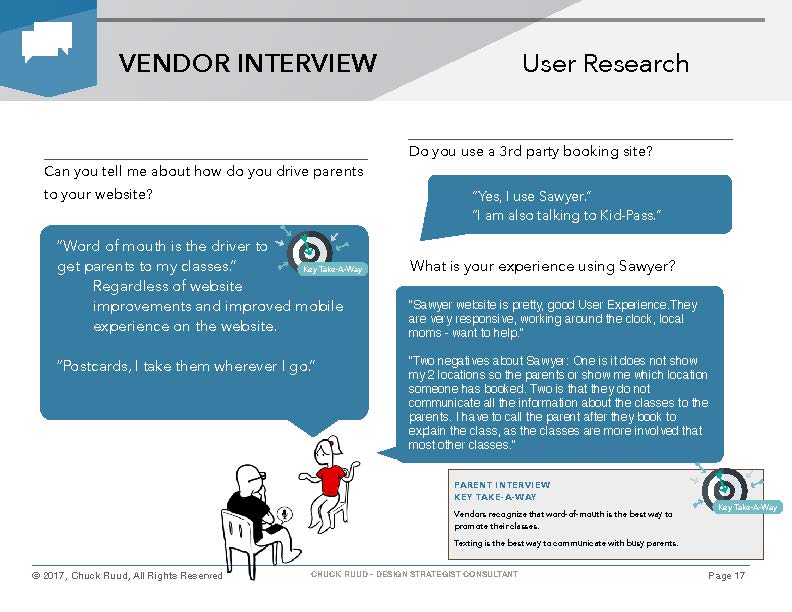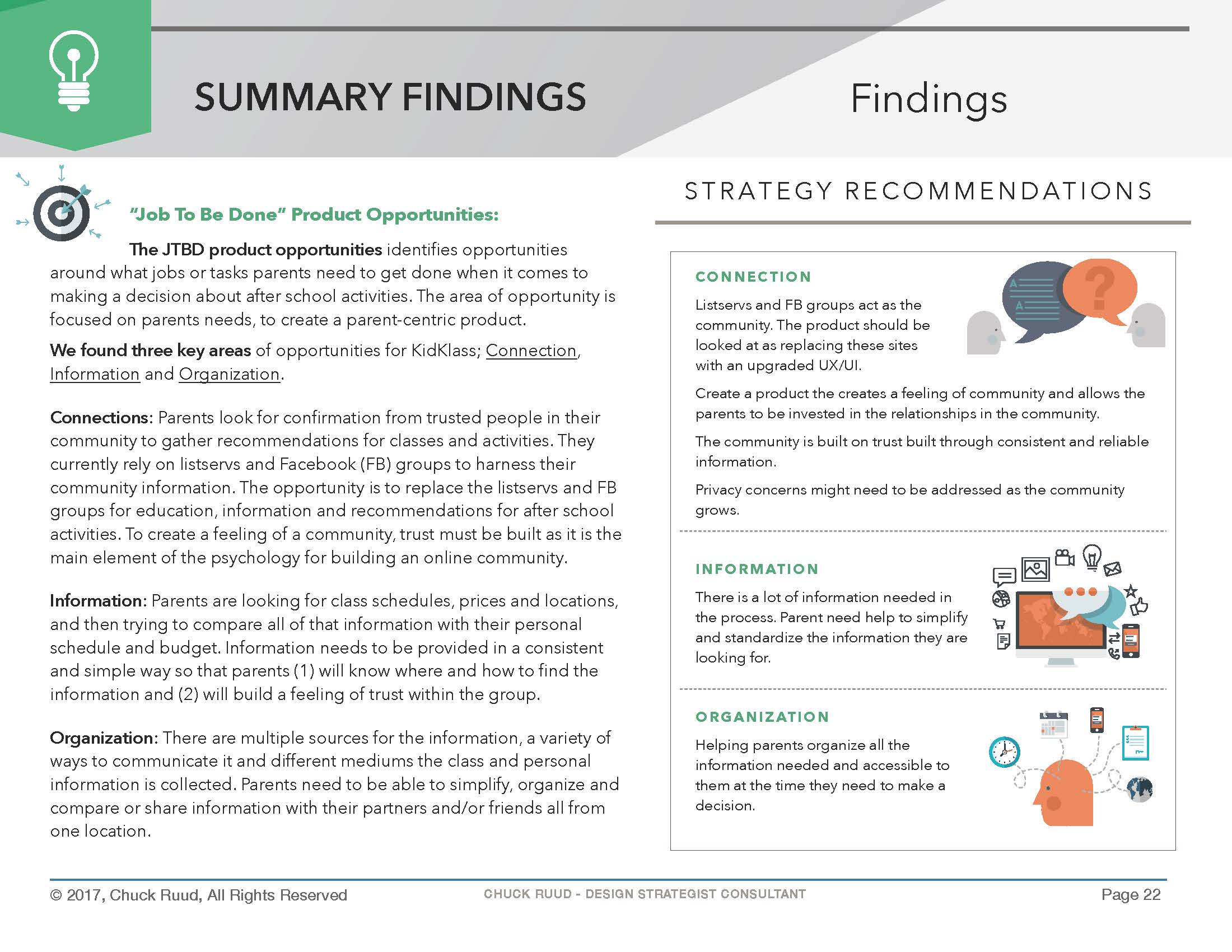Case stories
I work with organizations to gain an understanding and empathy for the people who use their products and services. Then translate the insights into actionable business and design opportunities.
business model innovation
Client: Parkinson Canada
Context: We see vast shifts in customer needs and attitudes. And, when it comes to not for profit organizations, the way we interact with the stakeholders continues to change. There is a clear need for new revenue models. The way donations/funds are generated is changing for this sector. Consumers are provided with almost limitless options when it comes to experience, sustainability, size, speed, and convenience. For Parkinson Canada, the market changes mean it will be harder to deliver existing service offerings to people living with Parkinson including sustaining their research grant work. This will no doubt create new challenges and opportunities for Parkinson Canada.
Approach: Facilitated a two-day workshop where we co-designed context maps, user journeys, and business model concepts. Through this processes we identified challenges and opportunities to build new services and business models for the future. From there, we evaluated business models against key metrics and built roadmaps for further validation with customers. With the Parkinson Canada leadership team coming together there exists a perfect opportunity to co-create the shared vision, business model options, and strategy.
Solution: Teams consisting of board members, staff and guests were able to develop a shared long-term vision and built multiple business model options to become the leading voice for people living with Parkinson disease. The key take-aways for the leadership team and core execution team were level-setting on priorities across their portfolio of projects and the roadmaps for testing and validating the different business models.
Employee experience
Client: Personal care CPG Company
Context: We are seeing significant shifts in the work environment with millennials joining the workforce and employee mindsets changing. They are looking to their employers for more than just a paycheck. Recognizing the impact experiences have on employee engagement and productivity, companies are taking a more comprehensive view of how to engage, influence and help employees. The client looked to us to help them understand their stakeholders, employee segments and the journeys of employees.
Situation: We facilitated two one-day workshop with teams compiled of leadership, HR and employees to gain the needed insights for developing and implementing the employee experience program.
Solution: Together we co-developed the employee segments, personas, as-is employee journeys and future-state journeys of their employee segments. Additionally, we created project roadmaps for prototyping and execution. The workshops were successful in level-setting the team to goals and time-lines for different programs.
Integrated care roadmap for children with medical complexities
Client: In collaboration with the University at Buffalo and funded by a Lucile Packard Foundation for Children's Health sponsored grant
Background:
Children with medical complexity (CMC) are characterized by multiple chronic conditions, high family needs, and a high level of health care need. Approximately one percent of children have medical complexity, but they comprise over one-quarter of health care costs for children, and they have a far higher rate of being hospitalized than other children.
The care needs of CMC are extensive. The care components typically include primary care, numerous subspecialists, education services, community-based service, and durable medical equipment, all supported by health insurance and an array of financial support programs.
The current fragmented, bulky, and inefficient system for care for CMC is not designed to address the needs of the child and family. A fragmented system of medical and social services creates challenges in accessing and coordinating care within and across systems
Approach:
We took a strategic design approach using multiple design methodologies all housed within the four “D’s” framework: Discover, Define, Design and Deliver.
We conducted a literature review to understand the existing frameworks and best practices; we also spent time with families of CMCs and providers of CMCs to understand specific pain points in a multiple-system perspective.
We also conducted focus groups, interviews and workshops. During the focus groups and workshops, we facilitated several design thinking exercises to bring out the necessary insights to inform our design.
Solution:
The human-centered design process integrated into care coordination can facilitate a collaborative approach to care for multiple stakeholders – such as health care systems, practitioners, children with chronic and complex health conditions (CMC), families of CMC, public health, and mental health – to reimagine a coordination model of care that closes the gaps, enhances community-based care and builds a stronger system of health and health care.
A roadmap and frameworks were developed to provide providers, hospitals, and care systems with the process and tools to develop an integrated system where care integration for CMC.
A care ecosystem redesign should address: Common data sharing, information, and care planning platforms Planned channels of communication, including information transfer and feedback, across and within systems Support for emotional and social needs, including connections with families Knowledge of, access to, and assistance for utilization of resources and peer support The white paper was published in November 2018.
Authors: Dennis Z. Kuo, MD, MHS | Chuck Ruud, MPS | Denise Tahara, MBA, MPhil, PhD
Special thanks to the working group: Richard Antonelli, MD, MS | Chris Stille, MD, MPH | Rita Mangione-Smith, MD, MPH | Richard Antonelli, MD, MS | Momba Chia, MHA | Anthony Billitier, MD | Michele Juda, BA | Joseph Stankaitis, MD, MPH
Design Research and Strategy Analysis
Client: KidKlass
Situation: Kidklass is an online marketplace for children's after school activities and classes. They wanted to create new opportunities resulting in increased revenue.
Complication: KidKlass had high website traffic but was not resulting in the conversion of sales. To be able to understand why, I started by researching their users. By better understanding the user's needs we would be able to create a parent/user-centric strategy.
Solution: The project was divided into two sections; (1) Discover (research) Phase and (2) Define (analysis and findings) Phase. In first phase, I conducted surveys and in-depth interviews with parents and vendors to gain insights to what parents's needs were in the booking process for after school classes. In second phase, the research was analyzed and modeled. I uncovered key insights that identify the strategic opportunities for Kidklass. The result were KidKlass implemented a new business strategy and website user experience.
Design Thinking Marketing Workshops
Client: Made In NYC
Made In NYC's mission is to support a vibrant manufacturing sector in New York City. Local manufacturing encourages entrepreneurship and innovation, creates employment opportunities for New York’s extraordinarily diverse workforce and gives the city much its character and soul.
Situation: Made in NYC was relaunching a variety of new services for their members. Within these services was a pilot marketing workshop to create growth for the manufactures.
Complication: The companies were in all at different points in business; start-up, rebuilding and accelerating growth.
Solution: Over 2 months we conducted workshops based on design thinking principles to identify and clarify business goals and marketing strategies.
Non-Profit Consulting: Pro-Bono work through the Net Impact consultant program
Mountaintop equips schools with real-life entrepreneurial guides and a plug-in, entrepreneurship curriculum to transform classrooms into incubators for the next generation of leaders.
Consulting request: Mountaintop came to Net Impact to better understand how to scale and increase funding.
Solution: Worked with a team of Net Impact consultants to deliver a growth and funding strategy document for MountainTop which included analysis, case studies and recommendations for MountainTop.
Harold Hunter Foundation's (HHF) fundamental goal is to provide a network of support, opportunity, and advocacy for NYC youth so they can reach their full potential as skateboarders and young adults.
Consulting request: To better understand their business model and potential funding through both revenue and donations.
Solution: Worked with the founder to develop a business plan and new revenue streams.
NaTakallam (“we speak” in Arabic) changes this reality by leveraging the gig economy and connecting language learners around the world with displaced persons for Arabic practice over Skype.
Consulting request: How can they grow their revenue through brand awareness and attracting new customers.
Solution: I mentored a Net Impact team of consultant to develop a strategic marketing plan for Natakallam.




